School libraries today have an increasingly different look and function than libraries from the past—even the recent past. They continue to change with the growth of technology, and a good school knows that, while libraries and professional librarians are still essential to their mission, the function of both needs to shift to accommodate the way students think and learn today.
Have you Considered an Art Room Makerspace?
Many schools are renovating antiquated libraries into learning common areas, which are a mixed-use space for research, study, collaboration, and global connection. One popular way schools achieve this is through makerspaces, also referred to as hackerspaces or FabLabs.
Why Do We Need Makerspaces?
In short, makerspaces provide creative space to explore questions and problems, and bounce ideas off fellow creators. Technology doesn’t always have to be part of a makerspace—after all, prototypes and designs can be built from almost anything. However, many spaces do include technology, such as 3D CAD design software and even 3D printers.
Fitting Makerspace Time Into the Class Schedule
And if you can emphasize digital studio skills in your makerspace, that’s even better. Students must certainly be prepared for success in their core classes, but also in a wide variety of electives and potential career paths. One of the technical areas they can prepare for is Career and Technology Education (CTE), which includes computer programming, audio/video production, and digital imaging. CTE engages students in an enormous variety of subjects, incorporating academic, creative, and technical skills while preparing students for all of life that comes after high school.
Building a Makerspace At Your School
There are many different ways to implement a makerspace at your school—which means you can choose the method that best meets your students’ needs. Some schools are creating after-school spaces by utilizing existing school area, like libraries; makerspace items are stored in bins and brought out after the school day. Other schools are adapting their curriculum to include free exploration, creative thinking, and design, while still others are creating whole new elective classes taught in the makerspace.
The most fortunate schools have community involvement, grant funds to implement their makerspaces, local businesses and technology companies that contribute equipment, or guest speakers to engage and train the students.
Ideally, there should be a makerspace in every community and in every school. In the same way that we support sports with recreation centers within our schools and in our community, we as a society should support makerspaces as recreational centers for the mind

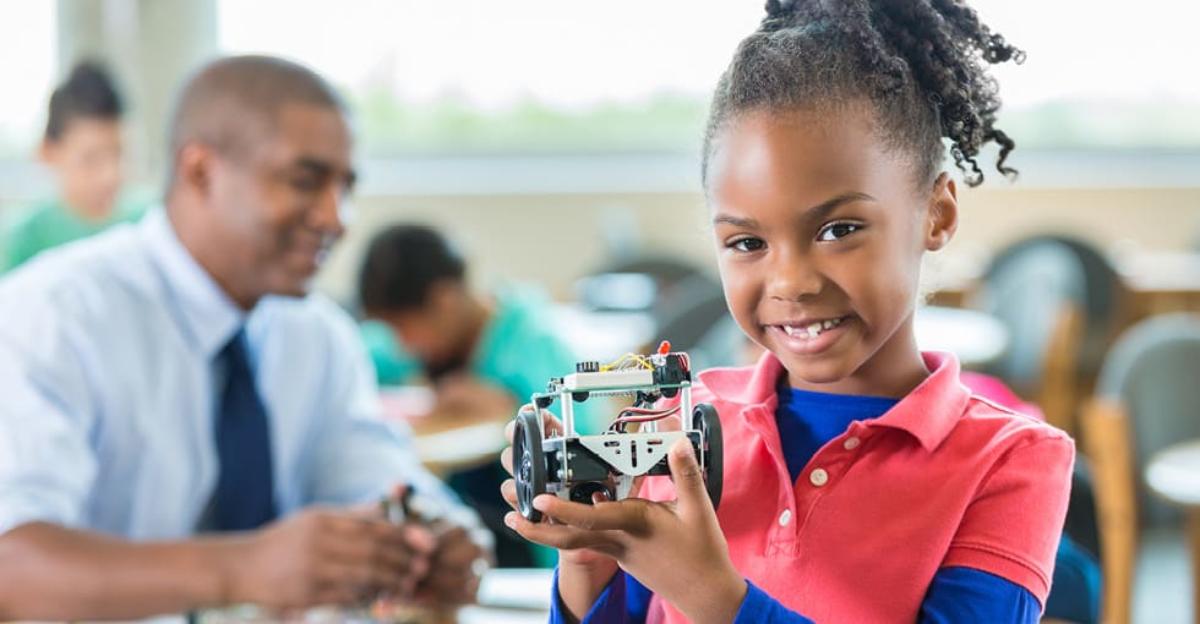
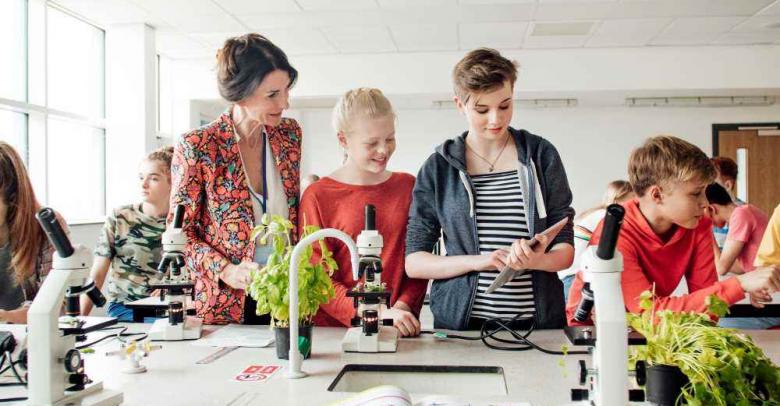
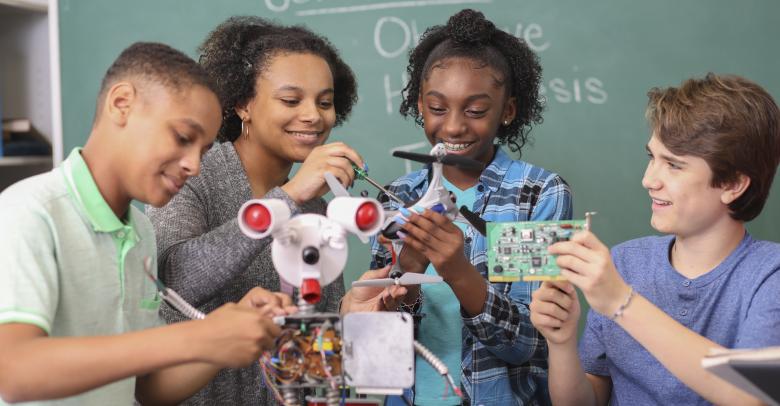
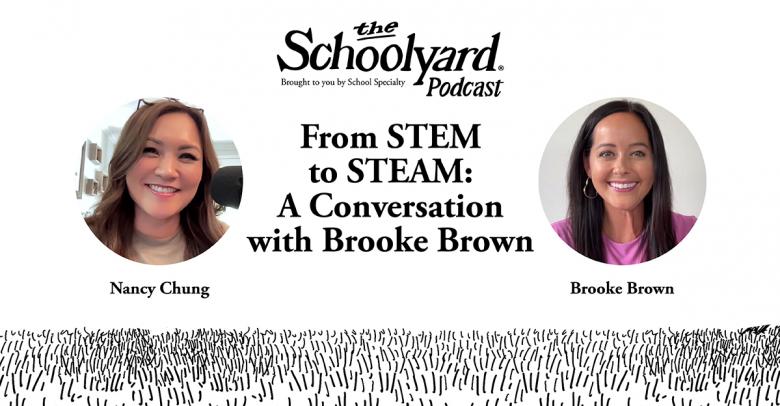
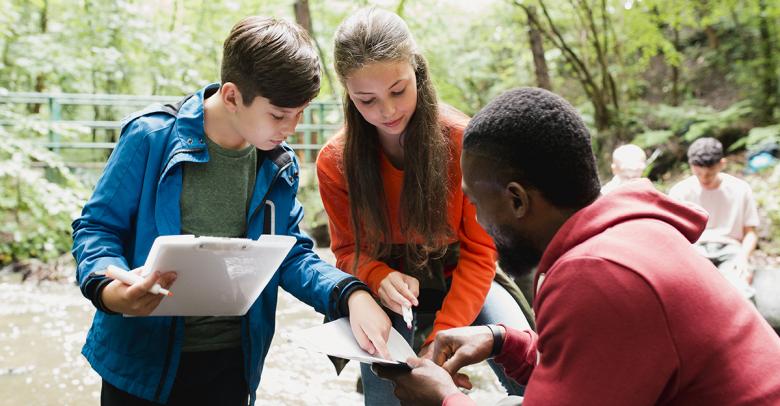
Leave a Reply